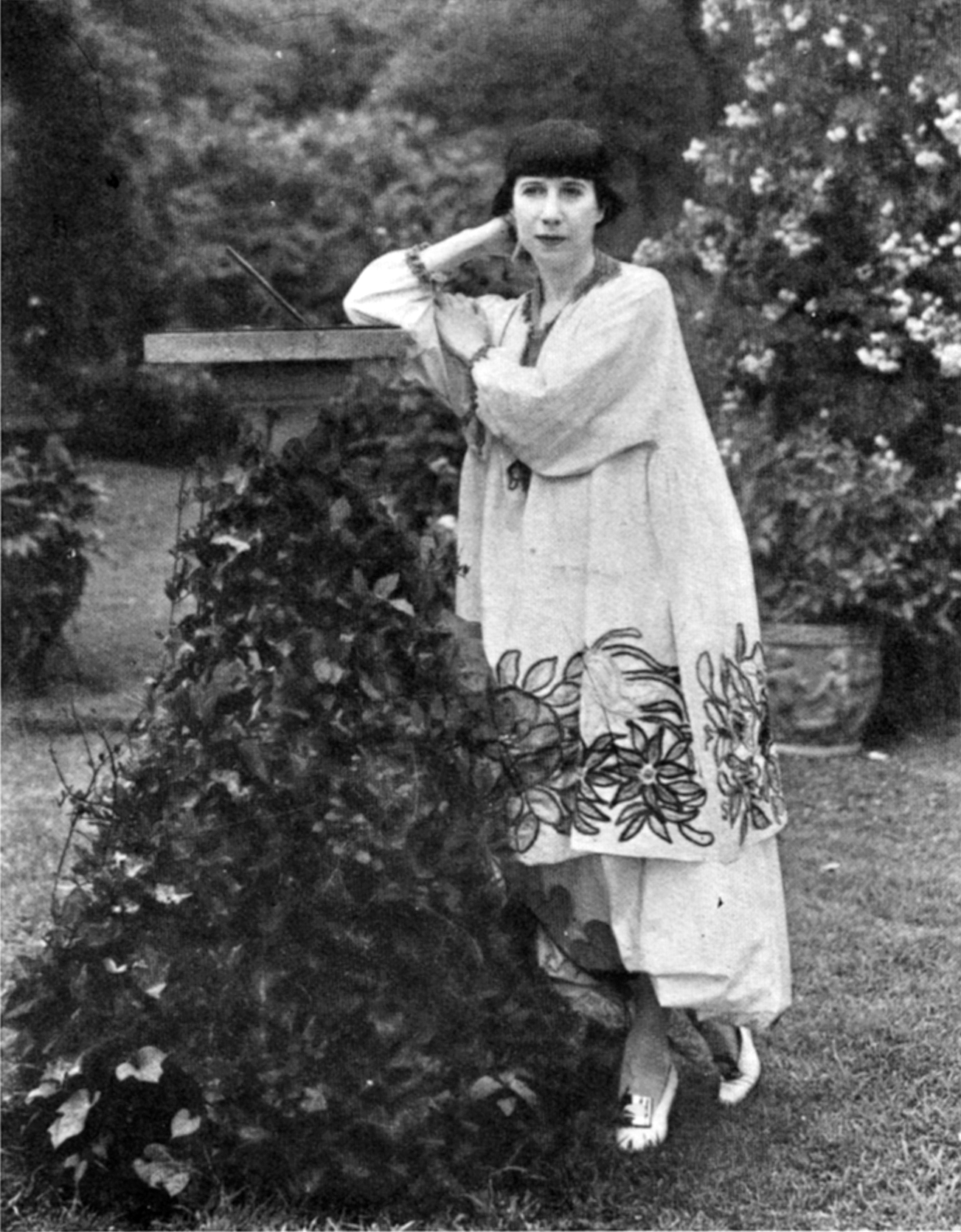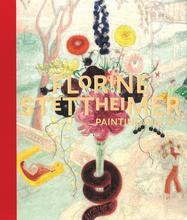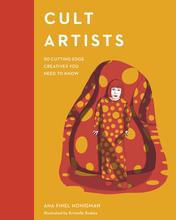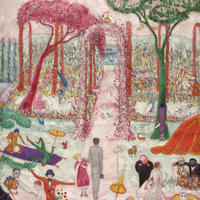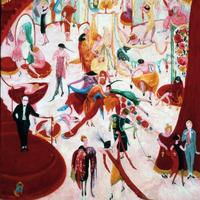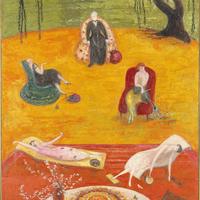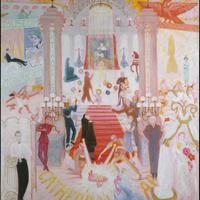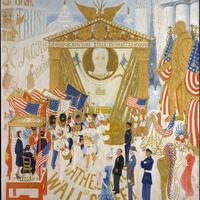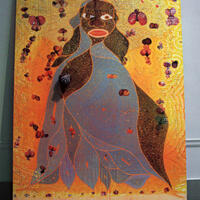More about Florine Stettheimer
- All
- Info
- Shop
Works by Florine Stettheimer
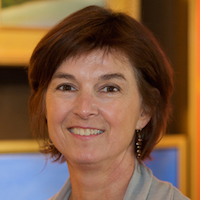
Contributor
Born to a wealthy upstate New York family, Florine Stettheimer spent much of her early life traveling and studying art in Europe.
By 1915, she had returned to Manhattan and lived the good life with her adored mother and two sisters. Stettheimer and her sisters hosted celebrated art salons in their midtown apartment for such art-world luminaries as Alfred Stieglitz, Marcel Duchamp, and Georgia O’Keeffe. Stettheimer loved to include them in her paintings.
Her paintings are uber-feminine, but her pretty colors ripple with a biting wit. Her first and only gallery exhibition was disastrous, and she immediately pulled out of the highly commercial art world altogether. Family money has its advantages. Stettheimer showed her work only in her own apartment or with the noncompetitive Society of Independent Artists. Despite her hesitancy about showing her art, her paintings garnered rave reviews. Ironically, fussy Stettheimer was then asked to show in museums. That didn't stop her from insisting that her paintings be shredded after her death. Fortunately, one of her sisters defied her wishes.
In addition to painting, Stettheimer loved to design exotic costumes and sets for the theater. Her most famous production was for the Gertrude Stein-Virgil Thomas opera, "Four Saints in Three Acts." She used cellophane, seashells, and lace for the set. Like Emily Dickinson, Stettheimer wrote satirical poems on scraps of paper and sent them to her friends. She never meant them to go public, but again her sister intervened and published a collection titled Crystal Flowers after Florine died.
Sophisticated, acerbic, eccentric. Stettheimer turned her back on the art market, and instead created "private works" full of social commentary about the rich and famous of her day. It is pointedly ironic that her work now hangs in New York City's famed art citadel, the Metropolitan Museum of Art.
Featured Content
Here is what Wikipedia says about Florine Stettheimer
Florine Stettheimer (August 19, 1871 – May 11, 1944) was an American modernist painter, feminist, theatrical designer, poet, and salonnière.
Stettheimer developed a feminine, theatrical painting style depicting her friends, family, and experiences in New York City. She made the first feminist nude self-portrait and paintings depicting controversies of race and sexual preference. She and her sisters hosted a salon that attracted members of the avant-garde. In the mid-1930s, Stettheimer created the stage designs and costumes for Gertrude Stein and Virgil Thomson's avant-garde opera, Four Saints in Three Acts. She is best known for her four monumental works illustrating what she considered New York City's "Cathedrals": Broadway, Wall Street, Fifth Avenue, and New York's three major art museums.
During her lifetime, Stettheimer exhibited her paintings at more than 40 museum exhibitions and salons in New York and Paris. In 1938, when the Museum of Modern Art sent the first American art exhibition to Europe, Stettheimer and Georgia O'Keeffe were the only women whose work was included. Following her death in 1944, her friend Marcel Duchamp curated a retrospective exhibition of her work at the Museum of Modern Art in 1946. It was the museum's first retrospective exhibition of work by a woman artist. After her death, Stettheimer's paintings were donated to museums throughout the United States. In addition to her many paintings and costume and set designs, Stettheimer designed custom frames for her paintings and matching furniture, and wrote humorous, often biting poetry. A book of her poetry, Crystal Flowers, was published privately and posthumously by her sister Ettie Stettheimer in 1949.
Check out the full Wikipedia article about Florine Stettheimer

